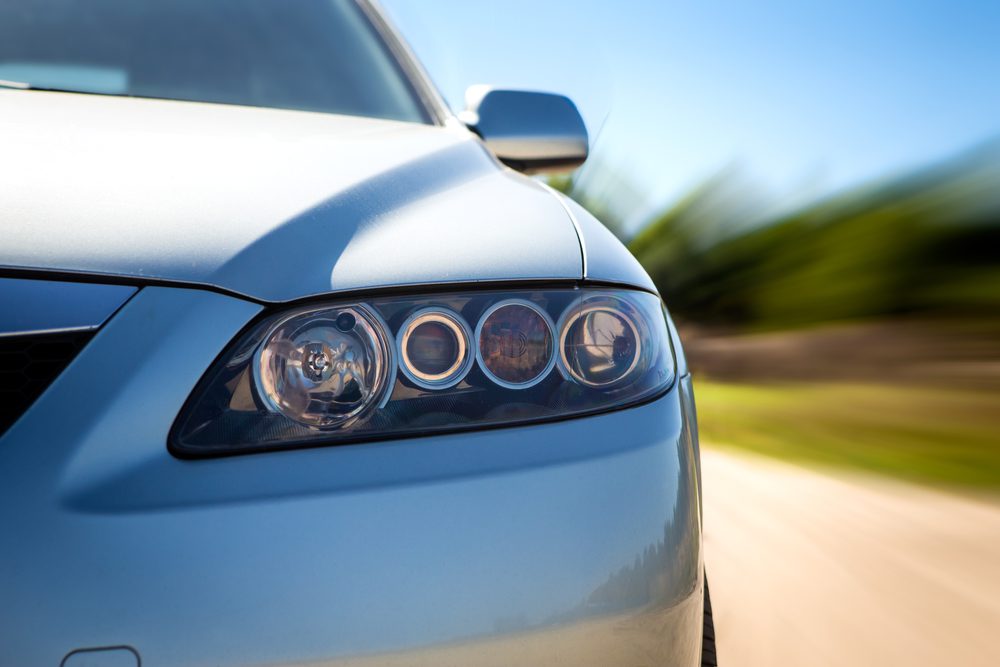Forensic Investigation of Automotive Lights

,
R. Scott King, BSME, Automotive / Mechanical Engineer ::::
For many years, automotive crash investigators and engineers have utilized light bulb filament analysis as a means to determine whether a particular light was illuminated, or not, during a crash. Also used in aircraft crash investigation, this technique capitalizes on the tendency of an illuminated, and therefore hot, light bulb filament to distort when subjected to locally high impact forces. Whether finding this tell-tale filament distortion thus proving a bulb was illuminated during a crash, or not finding it when it would otherwise be expected, this so-called “hot-shock” analysis has proven valuable in many investigations wherein questions of lamp illumination status arise. However, the days of this investigative tool may be dwindling.
Historically, conventional filament-style light bulbs have been used in nearly all applications requiring illumination. From headlights to taillights and everything in between, there simply was no other option but to use them. Thus whenever a question of lamp status arose in a forensic investigation, it was assumed there was a good chance that a lamp evaluation would offer clues. However, this investigative tool works only on bulbs with filaments. Whether it’s the constant search for increased fuel economy and reliability or reduced manufacturing costs, car makers have increasingly sought alternatives to the filament-style bulb. In doing so many have elected to utilize the LED bulb.
Short for Light Emitting Diode, LED bulbs by definition, do not rely on a glowing coil of tungsten steel to provide light. Rather, the LED utilizes the phenomena of electroluminescence that occurs when electrical current flows directionally through certain combinations of dissimilar materials. And, while not seeking an argument between the nuclear engineer and the collision reconstruction engineer, for the latter’s purposes, the LED has no moving parts; meaning there is nothing within it to deform during a crash. Thus, while many filament bulbs remain in widespread use, particularly in headlight applications, the hot-shock analysis tool may someday become obsolete; however, as one investigative tool wanes, another may soon take its place. This is due to a recent increase in the number of vehicles capable of recording data relative to lamp status. For example, some vehicles are currently recording stop lamp status during a crash. Others are recording lamp system faults resulting from collision damage.
So, despite changing tools and methods, forensic evaluation of an automotive lamp status will likely remain an important element to vehicle crash investigations for many years to come.
R. Scott King is an Automotive / Mechanical Engineer with DJS Associates and can be reached via email at experts@forensicDJS.com or via phone at 215-659-2010.
Tags: Automotive Lights | R. Scott King


